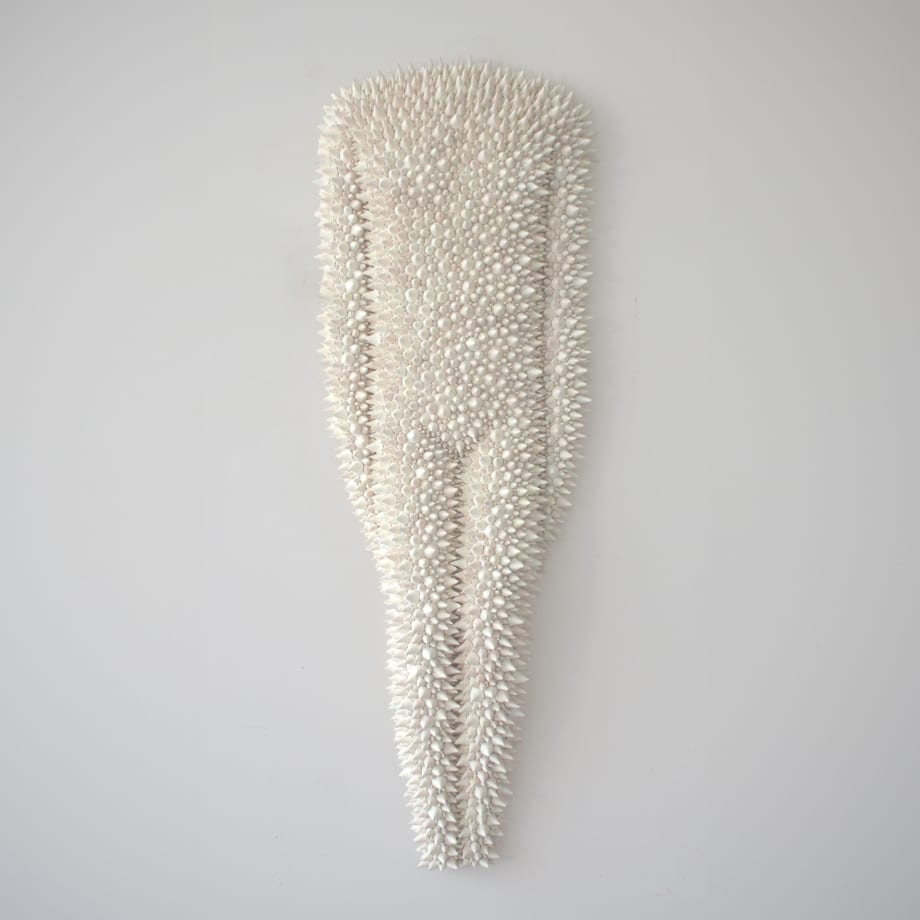”I am interested in creating bridges of communication permitting
past and present appear in unity; and with hope that the dialogue in time
and space continues in order for new configurations to be found.” – Xawery Wolski
Xawery Wolski’s work is a demonstration of connectivity and communication. Growing up in Poland during the Communist Party’s occupation, the artist inherited an atmosphere of both regression and rebellion. From his restricted life as a youth, Xawery has become dedicated to the pursuit of freedom, especially for the artist. “Knowing that we are all alike…we have a desire for freedom, happiness….we fear disease, bad luck, death…and finally, no matter which cultural, social, or moral patterns we know, we look for communication.” It is this connection and finding new ways to communicate that drive Wolski. His work has no connection to an exact time and can speak to both past and future, creating a universal language.
Xawery Wolski has traveled the world and has participated in several residency programs in South America, Asia and India. Over the years each of these countries have impacted and brought new techniques and materials to his work. His interest in terracotta and its multiple anthropological meanings lead him to Peru and Mexico where he investigated ancient materials and ways of expression with the purpose of creating contemporary artwork. The very first dress he created was “a long time ago,” in Perú, woven of hand-formed terracotta beads. He had visited the pre-Columbian graves of Inca warriors and was inspired by the lasting idea of the garments they were buried in. The body becomes dust; the armor of adornment holds the shape of the long-passed soul within for centuries. “The idea of the absent body—there is an existential background to all these works,” he says. “The dresses [I make] are spiritual tunics, or armor for a knight.” He never makes utilitarian dresses for wear—they remain themselves solely objects of art, ones that subvert the ancient realm of weavers whose aim was to wrap, to cover, to adorn. He works, rather, in the employ of art, and beauty, and ideas.
Wolski’s predecessors in minimal sculpture (Brancusi, Judd, Morris) inform the art he creates with the purest organic materials: seeds, beans, rope, clay, shells, stone. His work with seeds illustrates the continuum of form and life; a seed contains all that its maturity will be: its birth, death, and eventual return to life. The use of seeds and other organic material for Wolski is not only a homage to nature but a way to connect with the metaphor of continuation and cycles of earth’s history. The sculptures draw no limits and seek to stimulate reflections on presence and absence, lending a metaphysical aspect to work.
Xawery Wolski was born in Warsaw, Poland, in 1960 and currently lives and works between his studios in Poland and Mexico. He was educated at the Academy of Fine Arts (Warsaw), the Academy of Fine Art (Paris), and the Institue of Higher Education in Visual Arts (Paris). Wolski was awarded the Pollock Krasner Foundation Grant in 2007. The artist has exhibited his work in countries throughout the world and has been awarded residencies in Asia, South America, the United States, and Europe. Wolski returned to Poland in 2021 to create an Art Foundation in his family estate in Dańków.

